Can You Use a Wood Chipper to Make Mulch? Turning Branches into Gold
- March 18, 2024
- 0 comment
Wood chippers are versatile machines commonly used for processing branches, twigs, and other yard debris into smaller wood chips. Many people wonder if they can use a wood chipper to make mulch. In this article, we will explore the functionality of wood chippers and whether they are suitable for producing mulch.
What is a Wood Chipper?
A wood chipper is a machine used to turn wood, branches, and other organic material into smaller pieces or chips. It consists of a hopper into which the wood is fed, a cutting mechanism (usually blades or knives) that chops the wood into smaller pieces, and a chute through which the chips are expelled.
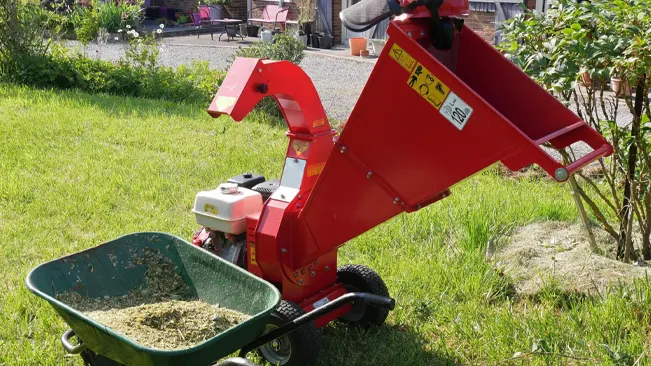
Wood chippers come in various sizes, from small, portable units suitable for home use to large, industrial-sized machines used in forestry and land clearing operations. They are commonly used to reduce the size of tree branches, brush, and other wood debris for disposal, recycling, or use as mulch or compost. Wood chippers are often powered by gasoline engines or electric motors, depending on the size and type of machine.
What is Mulch?
Mulch is a versatile material applied to the surface of soil in gardens and natural areas to achieve several benefits. It suppresses weed growth, adds nutrients, retains moisture, and regulates soil temperature. Additionally, mulch enhances the visual appeal of plant beds and natural areas by providing a uniform appearance. Wood mulch, in particular, is an attractive and cost-effective option for pathways in gardens.

While mulch can be purchased from garden centers or home stores in various materials, such as colorized rubber or pine straw, it can be expensive. An alternative is to create your own mulch using pruned and fallen tree limbs collected from your yard. This not only saves money but also reduces yard waste that would otherwise end up in a landfill. Many organic mulch materials also serve as a form of composting, enriching the soil with nutrients. By using organic materials to make your mulch, you can help improve soil health and sustainability in your garden.
How Does a Wood Chipper Work?
Feeding

The feeding process in a wood chipper is crucial for its efficient operation. The operator must carefully insert the wood or branches into the hopper, ensuring that the material is fed evenly and not overloaded. Overloading the wood chipper can lead to jamming or damage to the cutting mechanism. Proper feeding technique also helps maintain a steady flow of material through the chipper, ensuring consistent performance.
Cutting mechanism
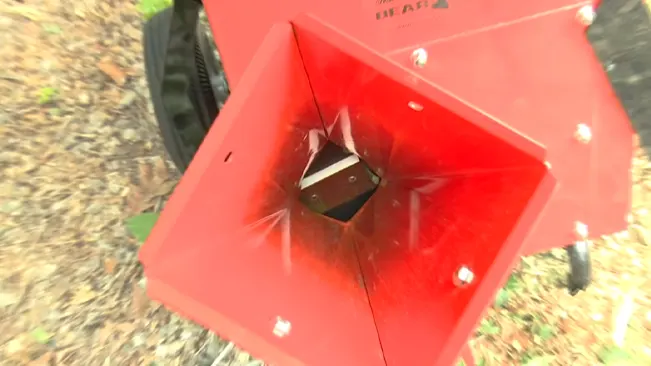
The cutting mechanism of a wood chipper consists of sharp blades or knives that rotate at high speeds. These blades are designed to slice through the wood with precision, turning it into smaller pieces or chips. The rotating blades create a cutting action that efficiently breaks down the wood, making it easier to process. The speed and sharpness of the blades are critical for effective chipping, as dull or slow-moving blades can result in poor performance and unevenly sized chips.
Chipping
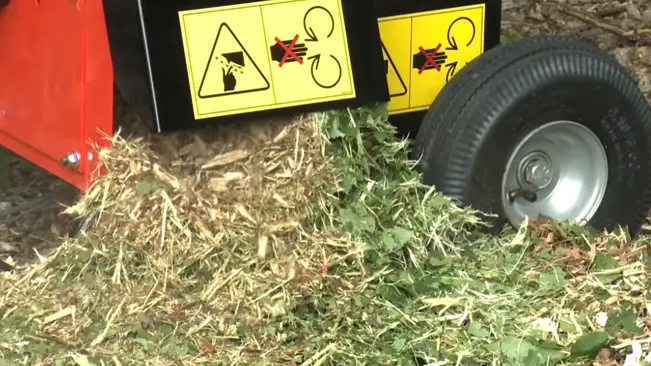
As the wood passes through the cutting mechanism, it is chipped into smaller pieces. The chipping process is controlled by the speed of the blades and the feed rate of the material. The size of the chips can often be adjusted using settings on the wood chipper. This allows operators to produce chips of various sizes, depending on their intended use. Chipped wood pieces are typically uniform in size, making them ideal for mulching, composting, or other applications.
Discharge
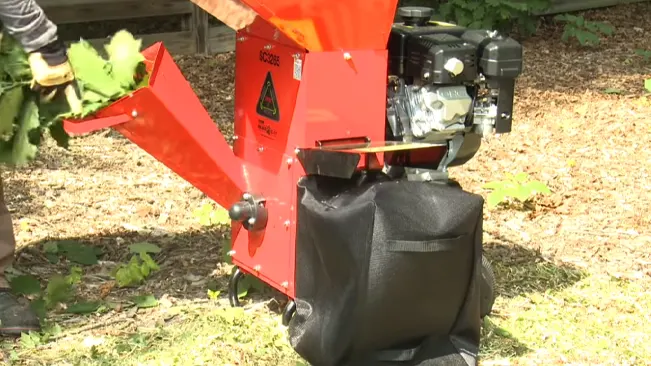
After the wood is chipped, the chips are expelled through a chute. The discharge chute directs the chips onto the ground or into a collection bag or container. This makes it easy to gather the chips for use in landscaping, gardening, or other purposes. Some wood chippers are equipped with a deflector that allows the operator to control the direction of the discharge, making it easier to direct the chips where they are needed. Proper disposal or use of the chips is important to minimize waste and maximize the benefits of using a wood chipper.
Types of Wood Chippers
Electric Wood Chippers

These chippers are powered by electricity, making them ideal for home use due to their smaller size and quieter operation compared to gas-powered models. They are also more environmentally friendly since they do not produce emissions. Electric wood chippers are suitable for chipping smaller branches and yard debris, making them a popular choice for homeowners looking to maintain their landscaping.
Gas-Powered Wood Chippers
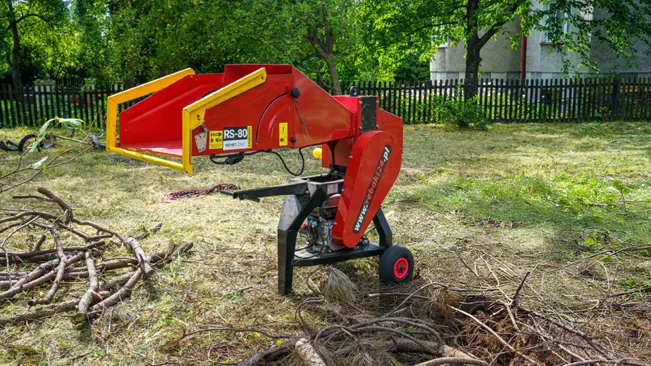
Gas-powered chippers are larger and more powerful than electric models, making them suitable for larger jobs such as landscaping and forestry operations. They are capable of chipping larger branches and can handle a higher volume of wood. While they are more powerful, they are also louder and produce emissions, which may be a consideration for environmentally conscious users.
Hand-Fed Wood Chippers
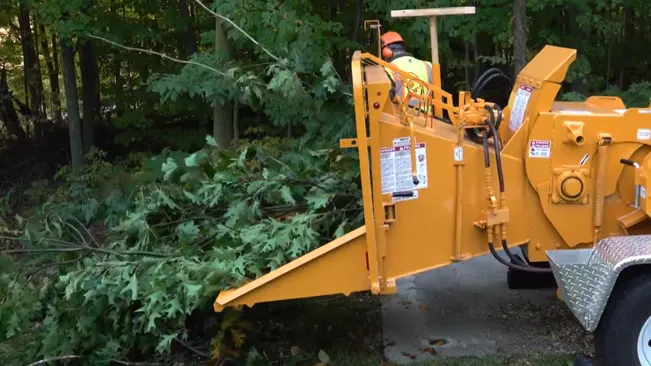
Hand-fed chippers require the operator to manually feed the wood into the machine. These chippers are often used for smaller branches and yard debris and are more suitable for residential use. While they may require more effort from the operator, hand-fed chippers are generally more affordable and easier to maintain than self-feeding models.
Drum Wood Chippers
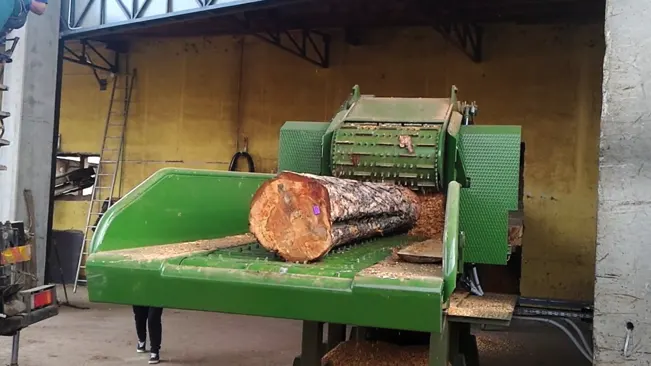
Drum chippers use a drum with blades to chip the wood. They are ideal for chipping large volumes of wood and are suitable for commercial use. Drum chippers are capable of chipping branches of various sizes and are known for their durability and reliability.
Disk Wood Chippers
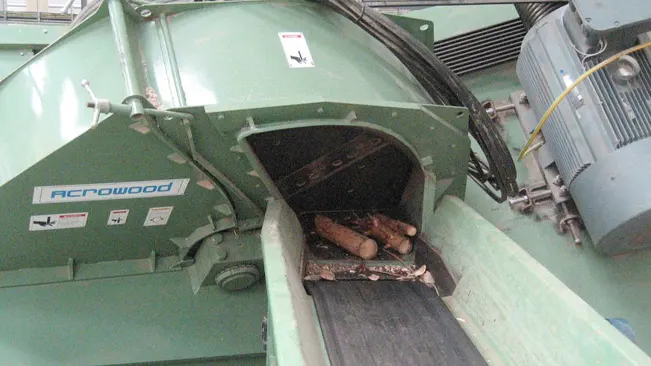
Disk chippers use a disk with blades to chip the wood. They are more efficient than drum chippers and are often used in industrial settings where high-volume chipping is required. Disk chippers are capable of chipping large branches quickly and are preferred for their high productivity and performance.
Benefits of Using a Wood Chipper for Making Mulch
- Cost-effective: Making your own mulch with a wood chipper can be more cost-effective than purchasing mulch from a store, especially if you have access to free or inexpensive sources of wood, such as tree branches and yard debris.
- Environmental benefits: Using a wood chipper to make mulch allows you to recycle tree branches, yard waste, and other wood materials, reducing the amount of waste that ends up in landfills and contributing to a more sustainable environment.
- Customizable: With a wood chipper, you can control the size and texture of the mulch you create, allowing you to tailor it to suit your specific gardening and landscaping needs.
- Soil health: Mulch created with a wood chipper can help improve soil health by adding organic matter to the soil as it breaks down, which can improve soil structure, fertility, and moisture retention.
- Weed suppression: Mulch created with a wood chipper can help suppress weeds by blocking sunlight and preventing weed seeds from germinating, reducing the need for chemical weed control.
- Moisture retention: Mulch created with a wood chipper can help retain moisture in the soil, reducing the need for frequent watering and helping plants survive dry periods.
Can You Use a Wood Chipper to Make Mulch?
Yes, you can use a wood chipper to make mulch. A wood chipper is a machine designed to chop wood, branches, and other organic materials into smaller pieces or chips. These chips can then be used as mulch in gardens and landscaping. Using a wood chipper to make mulch is a great way to recycle tree branches, yard debris, and other wood waste. The mulch created by a wood chipper can help suppress weeds, retain moisture in the soil, and improve soil health as it breaks down. Additionally, making your own mulch with a wood chipper can be a cost-effective and environmentally friendly alternative to purchasing mulch from a store.
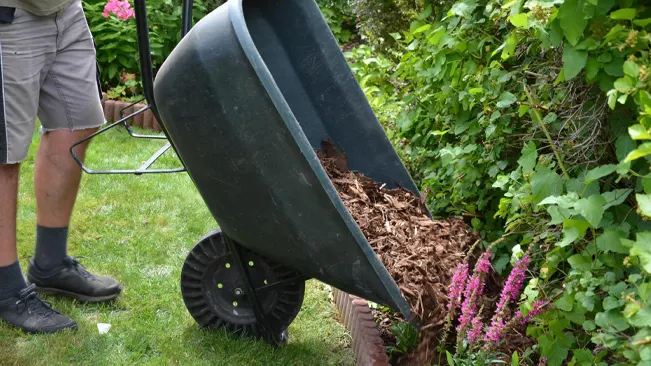
When using a wood chipper to make mulch, it’s important to follow the manufacturer’s instructions for safe operation and wear appropriate safety gear, such as ear protection, eye protection, and gloves. Additionally, be sure to feed the wood into the chipper slowly and avoid overloading the machine to prevent damage and ensure optimal performance.
Tips for Using a Wood Chipper Effectively
- Choose the right wood chipper: Select a wood chipper that is appropriate for the size and type of material you will be chipping. Different wood chippers are designed for different capacities and types of wood.
- Prepare the material: Cut branches and wood into manageable lengths before feeding them into the chipper. Remove any leaves or twigs that could cause jams.
- Feed the chipper properly: Feed material into the chipper slowly and steadily, using the provided push paddle or stick. Do not force material into the chipper or overload it.
- Alternate material types: To prevent overheating and dulling of the blades, alternate between dry and moist material when feeding the chipper.
- Maintain sharp blades: Keep the blades of the chipper sharp to ensure efficient chipping. Sharpen or replace blades as needed according to the manufacturer’s instructions.
- Use safety gear: Wear appropriate safety gear, including safety glasses, ear protection, gloves, and sturdy shoes, when operating the wood chipper.
- Clear jams safely: If a jam occurs, shut off the chipper and wait for all moving parts to stop before attempting to clear the jam. Use a stick or tool to remove the jammed material, never use your hands.
- Clean the chipper regularly: Clean the chipper regularly to remove debris and prevent buildup that could affect its performance.
- Follow manufacturer’s guidelines: Always follow the manufacturer’s guidelines and recommendations for operating and maintaining your wood chipper.
- Inspect the chipper: Before each use, inspect the chipper for any damage or defects that could affect its operation. Do not use a damaged or malfunctioning chipper.
Conclusion
In conclusion, using a wood chipper can be a practical and efficient way to recycle wood waste and create mulch for your garden or landscaping needs. By following safety precautions, such as wearing appropriate gear and feeding the chipper properly, you can minimize the risk of accidents and injuries. Additionally, selecting the right chipper for your needs, maintaining sharp blades, and alternating material types can help ensure optimal performance. Overall, with proper use and maintenance, a wood chipper can be a valuable tool for maintaining your outdoor spaces while reducing waste and promoting sustainability.
FAQs
- How does a wood chipper work?
A wood chipper uses a powerful engine to drive a cutting mechanism that chops wood, branches, and other organic material into smaller pieces or chips. These chips can then be used for mulch, compost, or disposal. - What size branches can a wood chipper handle?
The size of branches a wood chipper can handle depends on the model. Some smaller chippers can handle branches up to 3 inches in diameter, while larger, commercial-grade chippers can handle much larger branches. - Is using a wood chipper safe?
Using a wood chipper can be safe if proper safety precautions are followed. This includes wearing appropriate safety gear, such as safety glasses, ear protection, gloves, and sturdy shoes, and following the manufacturer’s instructions for safe operation. - Can you use a wood chipper to chip other materials besides wood?
Wood chippers are designed specifically for chipping wood and organic material. Attempting to chip other materials, such as metal or plastic, can damage the chipper and should be avoided. - How do you maintain a wood chipper?
To maintain a wood chipper, regularly inspect the machine for any damage or defects, keep the blades sharp, and clean the chipper regularly to remove debris and prevent buildup. Follow the manufacturer’s guidelines for maintenance and servicing. - What are the benefits of using a wood chipper?
Using a wood chipper can be cost-effective, environmentally friendly, and help improve soil health. It allows you to recycle wood waste, reduce waste going to landfills, and create mulch for your garden or landscaping needs. - Can I rent a wood chipper?
Yes, many hardware stores and equipment rental companies offer wood chippers for rent. Be sure to select a chipper that is appropriate for your needs and follow all safety guidelines when using it.

Joel Cunningham
Forestry AuthorI'm Joel Cunningham, an expert in pruning and weed management with over a decade of experience. My skills are rooted in formal training and extensive practice, focusing on advanced pruning techniques and efficient weed control. I'm known for my quality work, precision, and deep understanding of plant health and soil dynamics. My contributions extend to educational initiatives where I share sustainable practices and advice, establishing myself as a reliable and authoritative figure in the gardening community.



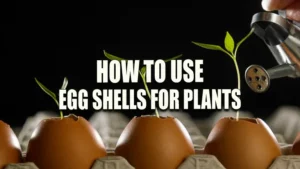

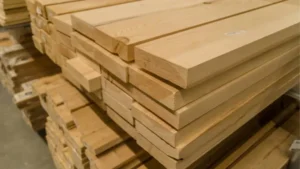


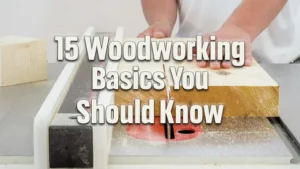


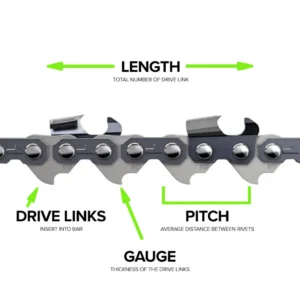
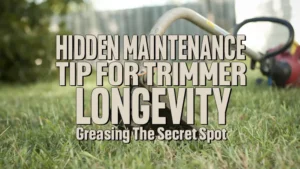
Leave your comment